
12 Amazing Portraits Of “Grandma Divers” Captured By Alain Schroeder
Alain Schroeder, a Belgian photographer, has recently been gaining lots of attention for his amazing portrait series “Grandma Divers”. As he has been working in this industry for over four decades, Schroeder used his skills and expertise to capture brilliant shots of a group of old women divers on the Jeju island of South Korea. Despite many challenges, the photographer managed to capture wonderful portraits of these old women who are keeping the freediving tradition alive.
We got in touch with Schroeder and tried to know more about his project “Grandma divers”. Scroll below to read the exclusive interview and check out his stunning portraits in the gallery below.
#1

Image source: Alain Schroeder
How long have you been into photography?
When I was 16-17, I was studying fine arts, and I spent a lot of time at the library reading fine art books. When I had seen everything they had about painting, the librarian gave me some photography books. One was the famous French magazine PHOTO, and the first story I liked and remember was by a Japanese photographer, Kishin Shinoyama. It was a very interesting magazine as it mixed all kinds of photography – fashion, documentary, travel, war, personal work – in one issue. After that, I discovered another famous magazine called ZOOM, and all the classic photographers like Cartier-Bresson, Koudelka,…. I was hooked and switched immediately from fine arts to photography. As a student with very little money, I travelled to Afghanistan and caught the travel virus. It was the perfect combination of travel and photography but it wasn’t easy to make a living. Of course you need a little bit of luck and that came by coincidence in the form of sports photography. I was asked to replace a tennis photographer who was sick. At first, I declined as I did not have the right (telephoto) lenses, but the magazine had their own equipment so I could not refuse. As a long time tennis player, I knew immediately what to do and I captured the ball in almost all the pictures. The editor was impressed and he hired me. That was the beginning of my professional career and I haven’t stopped working since.
In 1989, after 10 years of freelancing, I established Reporters, a photo agency, with two other photographers. Within a few years it grew from 3 to more than 25 people doing all types of photography. Around 2000, business was getting harder due to the Internet and the rise of digital cameras. While both were great advancements, competition became tougher and more diverse, not only from other agencies but now almost anyone could sell, or try to sell, pictures. Prices dropped. This revolution affected magazines and newspapers as well and the money suddenly disappeared. Magazines no longer offered assignments or guarantees and we were forced to explore other sources of revenue like corporate communications and video. In 2012, I sold my shares in order to travel the world and shoot personal projects focusing on social issues and human interest stories. I have been a professional photographer for 45 years. Technically, I am retired (67) but still working.
#2

Image source: Alain Schroeder
What inspired this idea?
The first time I saw a diver coming out of the water, I was struck by her black wetsuit against a black background created by the basalt rock of Jeju (in South Korea). I immediately had the vision of the portraits I wanted (black on black, in black and white) and I was lucky to get them.
The overwhelming majority of Haenyeo are over the age of 60. Most of the ladies I shot were in their late 60s, early 70s. They are freediving to 10-20 meters, holding their breath for up to two full minutes! This occupation is highly regulated and organized by local fisheries. Divers adhere to strict rules regarding who can dive, when, where, what they can harvest, and allotted quantities. It is a difficult, risky lifestyle that is rapidly disappearing as young women choose to pursue other careers. Most of the divers told me they did not encourage their children to dive. Most of the women have been diving for 30-40 years or even longer. Their days are long. They can spend up to 7 hours a day in the cold water battling currents. Divers are separated by category and only the older, more experienced, divers can go further out and deeper. Today, they dive according to the tides and the weather and it is much more regulated than in the past.
Although freediving for seafood has existed for many centuries in Jeju, the practice was taken over by women in the 18th century transforming the region into a semi-matriarchal society. Women were responsible for most of the household income, but numbers have dwindled since the 1970s as other opportunities (cultivating mandarin oranges and developing tourism) offer less arduous working conditions. There are still about 4000 ladies who make a living collecting delicacies from the sea. Today, they are celebrated as a national treasure and inscribed on the UNESCO list of Intangible Cultural Heritage, with a dedicated museum in Hado-ri, Gujwa-eup, on Jeju island.
The first time I went was in March and I saw them coming out of the water in a protected bay with a basalt (volcanic) rock in the distance. I shot with a telephoto lens and the background was totally black. With the wetsuit, that black on black was visually interesting. That was the start, but it was not the right season so I decided to go back in September. Then another problem appeared; a tropical storm and nobody was diving for one week. With only a few days left, I decided to buy a piece of black cloth and shoot the divers in front of it wherever I could. On one particular day, it was raining quite hard so the ladies were waiting to dive. I was lucky to be able to take advantage of that moment.
#3

Image source: Alain Schroeder
Describe your creative process in a few words and how it makes you feel.
As I said I had the vision of the portraits I wanted (black, because of the color of their neoprene suit, on black in black and white). I attached the black backdrop with ropes and rocks to the side of one of their diving houses (a small structure made of volcanic rock) because it was very windy. I chose a location that would remain shaded if there was a break in the clouds as I did not want any sun in the pictures. I used a wide-angle lens to go close with a more dramatic effect, and I used low angle shots to make the women appear stronger in the frame. The grey light was perfect to set the mood for the pictures. When I finally had divers willing to be photographed and permission to hang my backdrop, it rained almost the whole day and I had to shoot holding an umbrella. The good news about the rain is that it gives a nice sheen on the neoprene suit.
These women wear their experience on their (wrinkled) faces. Their lifestyle is difficult and dangerous, but it is what they have been doing their whole lives and they are proud of their traditions. The women were difficult to engage even though I had a local fixer who spoke Korean and their dialect. Many of them were indifferent. To keep them standing in front of the backdrop long enough to get the shots, I asked them to demonstrate their daily gestures of preparation and at the same time respond to questions about their lives. The idea was to keep them busy for a few minutes without just standing there. A few ladies simply refused to participate. It is the first time that people did not react enthusiastically to the pictures. I don’t really understand why as I had a young assistant who spoke their dialect and we did not make any cultural mistakes, and at the end of the shooting we bought some of their seafood and ate it. I think they have too much pressure from locals (there are almost no western tourists) who want to shoot selfies with them and at a certain point, it is too much. The work they do is really hard and most simply prefer to be left alone.
In the end, I was able to follow my stylistic choices; black on black with a focus on the texture. I wanted the pictures to have the same look and feel, while depicting different aspects of their life.
#4

Image source: Alain Schroeder
How was the experience during the shooting of Grandma Divers? What do you want to tell ?
I try to show various cultures and lifestyles; maybe show something you are not aware of.
Unfortunately, I did not really enjoy shooting this series as the women were not very cooperative despite my best efforts to work quickly and disturb their routine as little as possible. But Grandma Divers seems to be a popular series. Probably the right combination of drama, aesthetic, age and harsh weather. It is the magic of photography.
#5

Image source: Alain Schroeder
#6

Image source: Alain Schroeder
#7

Image source: Alain Schroeder
#8

Image source: Alain Schroeder
#9

Image source: Alain Schroeder
#10

Image source: Alain Schroeder
#11

Image source: Alain Schroeder
#12

Image source: Alain Schroeder


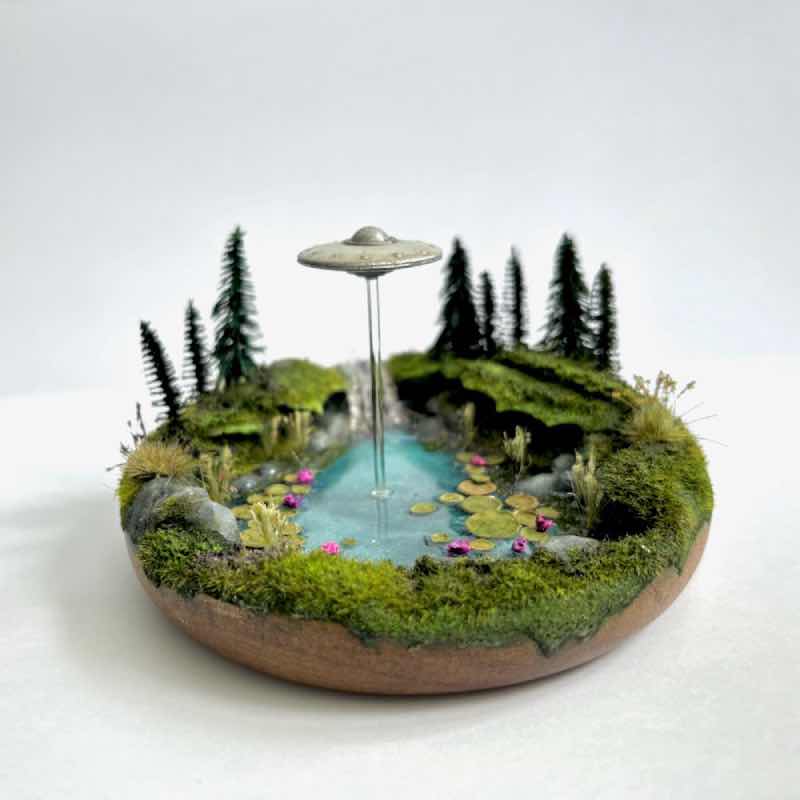
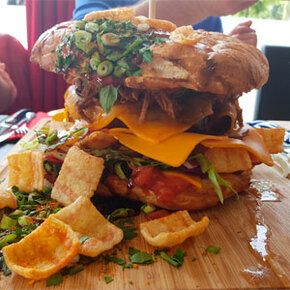
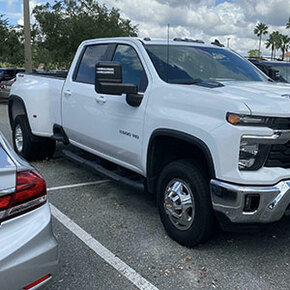
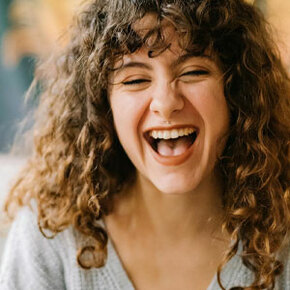
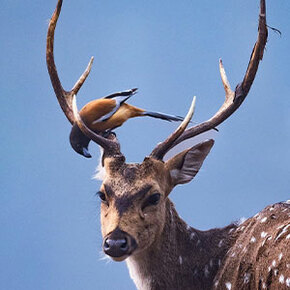






Got wisdom to pour?